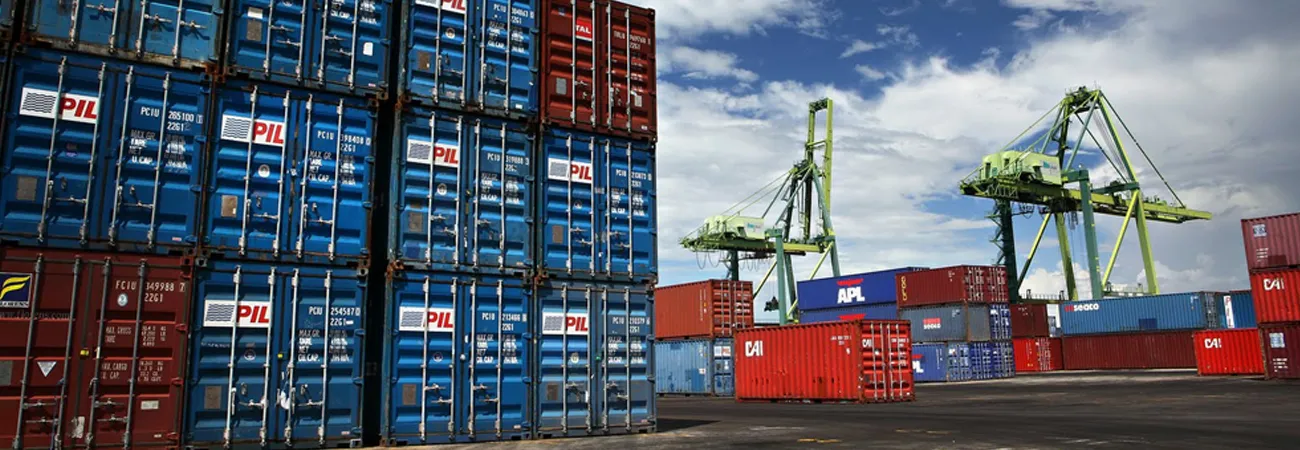i ECONOMY
Fourteen years ago, in FY10, Pakistan's export landscape featured the USA, the UAE, Afghanistan, China and the UK as its top five destinations. Fast forward to FY23, the line-up remains the same, albeit with some shifts in rankings. The USA maintains its top position, followed by China, the UK, the UAE, and Germany. Notably, export earnings from the US and China have outpaced those from the UK, the UAE, and Germany between FY20 and FY23. The growth in exports to these economic giants is a testament to Pakistan's exporters successfully retaining and expanding their market share in the US and Chinese markets, said Economic Analyst Dr. Amanat Ali while talking to WealthPK. He said the recent geopolitical complexities, such as the Ukraine crisis and the Israeli-Palestinian conflict, coupled with Pakistan's fragile external economy, posed new challenges requiring Islamabad to harmonize its trade relations with the West with nuanced and balanced geopolitics.
Diversifying export markets is imperative for sustainability, given that nearly half of Pakistan's export earnings come from just five destinations. While the top five markets are crucial, avoiding over-reliance on them demands an expansion of both the next five major markets and the individual share of all export markets. He highlighted that “the challenge lies in export competitiveness. Traditional exports face hurdles due to the escalating production costs and technological gaps. Competing with economic powerhouses necessitates a focus on niche products — an area where Pakistan currently faces significant challenges.”
He pointed out that exploring Pakistan's next five main export markets — Spain, Italy, Bangladesh, Belgium, and Afghanistan — reveals both potential hurdles. Exporting to Spain, Italy, and Belgium mirrors the challenges of penetrating the Western markets, demanding product diversification and enhanced quality. Intra-Asian trade opportunities exist. Capitalizing on niche products or exploring traditional exports to West and Southeast Asian countries are potential avenues. However, careful considerations are crucial to avoiding disproportionate reliance on food items, which could fuel domestic food inflation.
Normalizing trade ties with India and exploring avenues to export more to Iran and Central Asian nations emerge as pivotal strategies for Pakistan's economic diversification. Navigating this intricate landscape demands a delicate balance between economic pragmatism, geopolitical finesse, and imperative of sustaining a well-disciplined approach toward international lending institutions.
Credit: Independent News Pakistan (INP)









